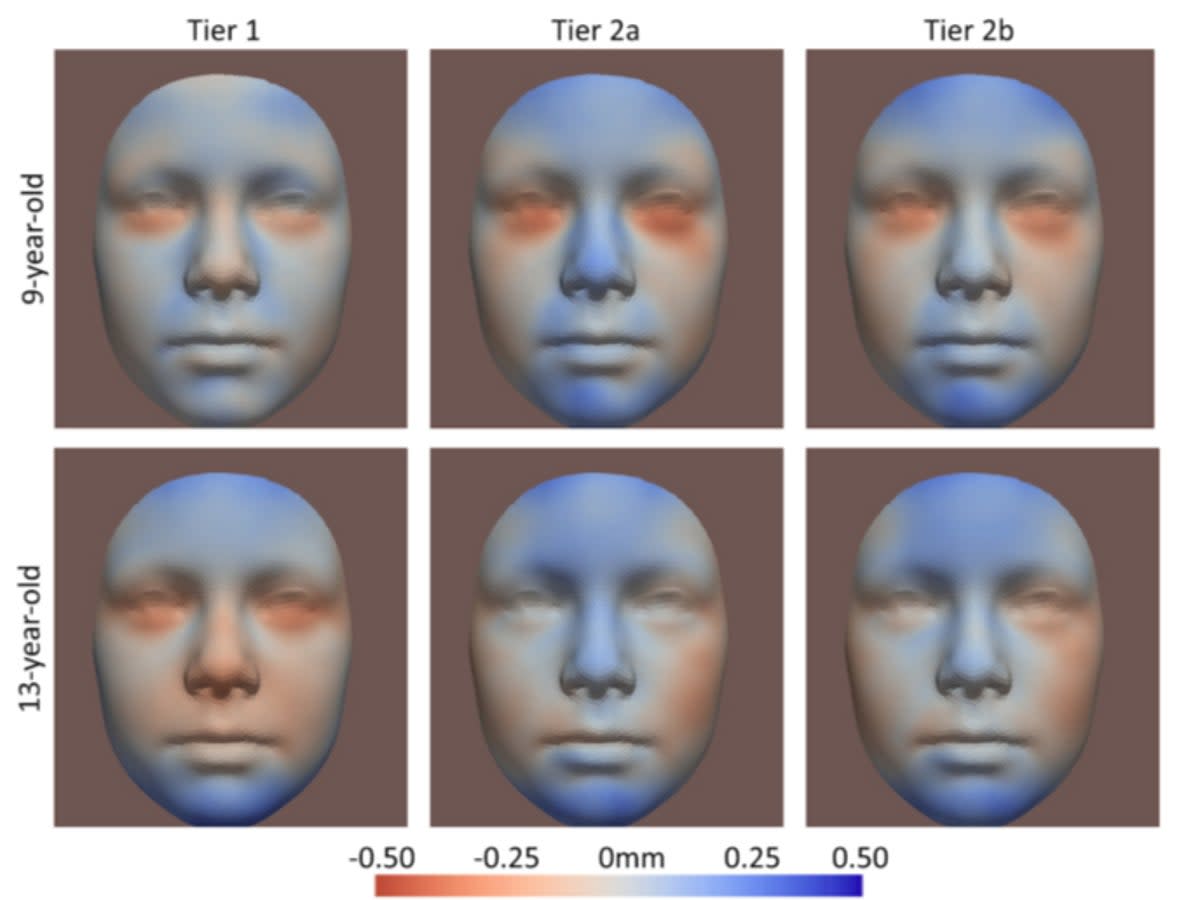Drinking alcohol in months before pregnancy ‘changes baby’s face’

Drinking alcohol in the months before conception could change the face of your child, a new study suggests.
While it is well-established that consuming significant amounts alcohol during pregnancy is harmful to a child’s health, little has previously been known about the effects of low alcohol consumption – even prior to pregnancy – on children’s facial development.
The face acts as a “health mirror” in reflecting a child’s overall physical wellbeing, said the study’s lead researcher, Professor Gennady Roshchupkin, of the Erasmus Medical Centre in Rotterdam.
“A child’s exposure to alcohol before birth can have significant adverse effects on its health development and, if a mother regularly drinks a large amount, this can result in foetal alcohol spectrum disorder, FASD, which is reflected in children’s faces,” Prof Roshchupkin said.
In carrying out the research, published in the journal Human Reproduction, scientists used artificial intelligence (AI) to analyse 3D images of some 5,600 children aged nine and 13, who are part of an ongoing population-based study of pregnant women and their children in the Netherlands.
Information on their mothers’ alcohol consumption was gained from questionnaires completed by the women in early, mid, and late pregnancy.
They were then divided into three groups: mothers who did not drink before or during pregnancy, mothers who drank during the three months before becoming pregnant, but stopped upon conceiving, and mothers who drank during pregnancy, even if only during their first trimester.
“The face is a complex shape and analysing it is a challenging task. 3D imaging helps a lot, but requires more advanced algorithms to do this,” said Prof Roshchupkin.

“For this task, we developed an AI-based algorithm, which takes high-resolution 3D images of the face and produce 200 unique measurements or ‘traits’. We analysed these to search for associations with prenatal alcohol exposure and we developed heat maps to display the particular facial features associated with the mothers’ alcohol consumption.”
The scientists found a statistically significant association between alcohol consumption and the face shapes in the nine-year-old children – even if mothers drank less than 12g of alcohol a week, the equivalent of a small 175ml glass of wine or 330ml of beer.
“The more alcohol the mothers drank, the more statistically significant changes there were”, the study’s first author Xianjing Liu, who developed the AI algorithm.
“Among the group of mothers who drank throughout pregnancy, we found that even if mothers drank very little during pregnancy, less than 12 g a week, the association between alcohol exposure and children’s facial shape could be observed. This is the first time an association has been shown at such low levels of alcohol consumption.”
The most common traits were a turned-up nose tip, shortened nose, turned-out chin and turned-in lower eyelid.
While the link between alcohol consumption and face shape weakened in the older children, with no significant association found among the 13-year-olds, the researchers warned this does not mean the health impacts would also have disappeared.
“It is possible that as a child ages and experiences other environmental factors, these changes may diminish or be obscured by normal growth patterns. But that does not mean that alcohol’s effect on the health will also disappear,” said Prof Roshchupkin.
“Therefore, it is crucial to emphasise that there is no established safe level of alcohol consumption during pregnancy and that it is advisable to cease drinking alcohol even before conception to ensure optimal health outcomes for both the mother and the developing foetus.
Further investigations on the mechanism of association are needed to fully understand how the association develops and then weakens with age, he said.
Previous studies of childhood development after prenatal exposure to alcohol have suggested that metabolic disorders in the mothers, such as problems with blood sugar levels and fatty liver disease, may be a factor, and the reseaerchers said this could potentially also explain the link with face shape.
They warned that the study was limited by the fact that there was no data on alcohol consumption more than three months before pregnancy, and that mothers may not have completed the questionnaire about their drinking habits correctly, possibly underestimating their consumption.
As the study was observational, it is only able to show that alcohol consumption is associated with changes in face shapes, not that it causes them.
